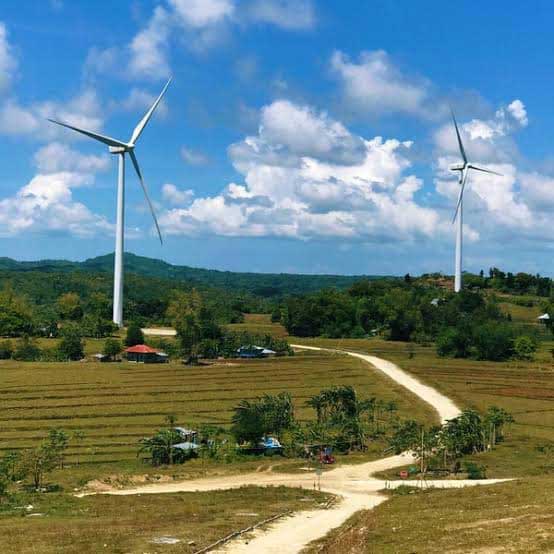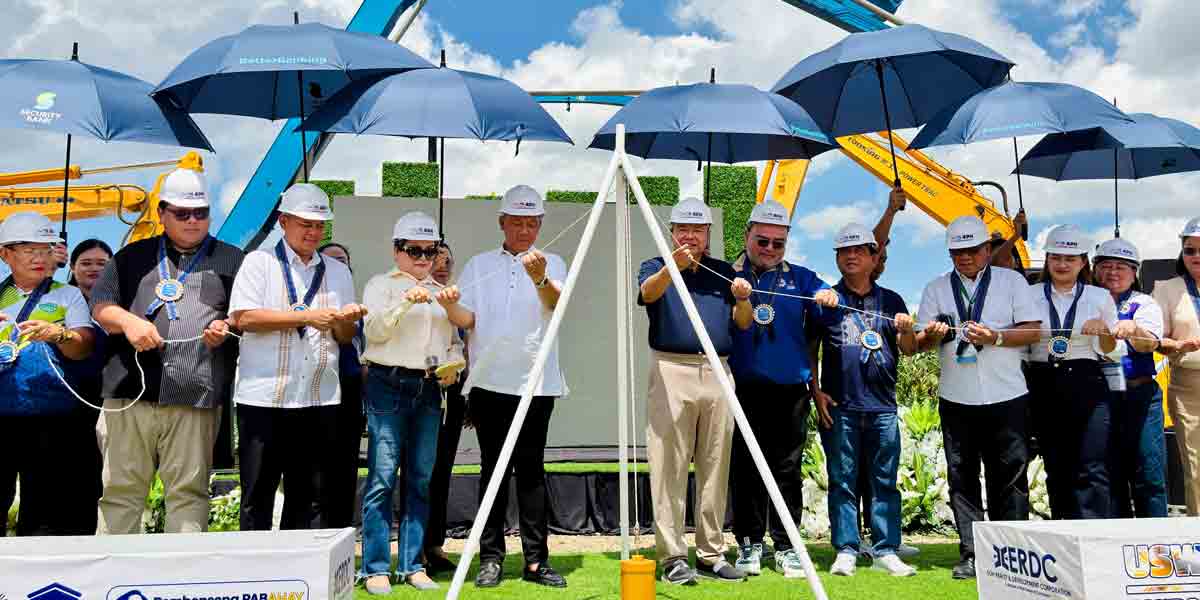
By Rjay Zuriaga Castor
Western Visayas boasts high potential to propel the nation’s shift towards renewable energy (RE) with a total of 16 offshore wind energy service contracts awarded by the Department of Energy.
DOE Undersecretary Rowena Cristina Guevara reported that as of January this year, the DOE has awarded 1,282 renewable energy service contracts.
The RE projects have a total capacity of 130.3 gigawatts (GW), nearly five times our current generation capacity, according to Guevara.
“Among these contracts, wind energy, particularly offshore wind, shows the highest potential with 82 service contracts, but the total capacity is 62 megawatts,” she added.
December 2023 data from the DOE revealed the awarding of service contracts to 16 offshore wind energy projects in the region.
The RE projects have a potential capacity of about 2.9 GW, with 90 megawatts already installed.
The RE projects that have been energized so far are the San Lorenzo Wind Power Project (54 MW) of the Guimaras Wind Corporation and the Nabas Wind Power Project Phase I (36 MW) of PetroWind Energy Inc.
“The rapid deployment of renewable energy requires a green and smart transmission system. This highlights the urgency for a smart and clean grid plan or SDGP which will formulate strategies to expedite policies to fast track transmission projects, integrate clean energy sources, and ensure a sustainable, reliable, and resilient power grid,” said DOE Undersecretary Rowena Cristina Guevara.
Guevara was in Iloilo City on Thursday, April 4, for the Philippine Electric Power Industry Forum hosted by the Independent Electricity Market Operator of the Philippines Inc.
One of the strategies outlined by the DOE for greater deployment of RE is the construction of port infrastructures.
“Ports play a key role in logistics, supporting infrastructure, and local supply chain for offshore wind development. Currently, there is no Philippine port that can accommodate the size required for an offshore wind project,” said DOE Assistant Secretary Mylene Capongcol.
Capongcol said that with the big number of offshore wind contracts awarded, there is a need to invest in ports that can accommodate the construction, maintenance, and repair of offshore wind fans.
“The latest statistics show that only a few government ports can be utilized for the inception and servicing of offshore wind farms in the various regions of our country,” she added.
The Asian Development Bank is conducting pre-feasibility studies for ten ports across the country, including potential offshore wind ports in Western Visayas such as the Iloilo Commercial Port Complex, Pulupandan Seaport, and Port of Banago in Bacolod City.
The bank provides technical assistance to the DOE to determine via a pre-feasibility study port readiness for offshore wind projects.
The DOE is also considering the voluntary early decommissioning and repurposing of existing coal-fired power plants in the country, over 3.8 GW of which are at least 20 years old.
In the 2023 generation mix, RE is already contributing 22 percent or 23.17 Terawatt hours (TWh) while non-renewable energy is at 77 percent or 82.53 TWh.
The generation capacity of Negros Island is at 96 percent RE, while Panay consists of only 19 percent RE.
Data from the NGCP showed that Panay Island depends its power primarily on coal plants with 452 megawatts (MW) generated from the total 679 power its energy sources produce. In Negros, power is equally sourced from solar with 294 MW, and geothermal with 238 MW.





















